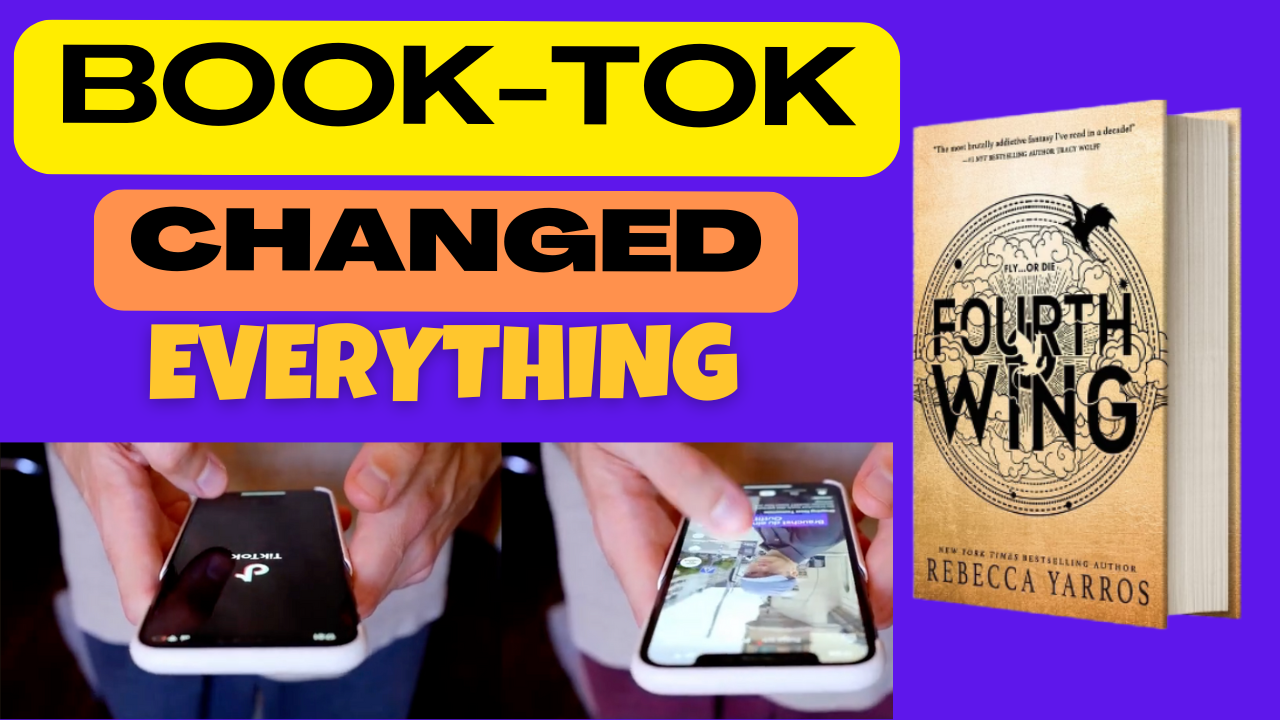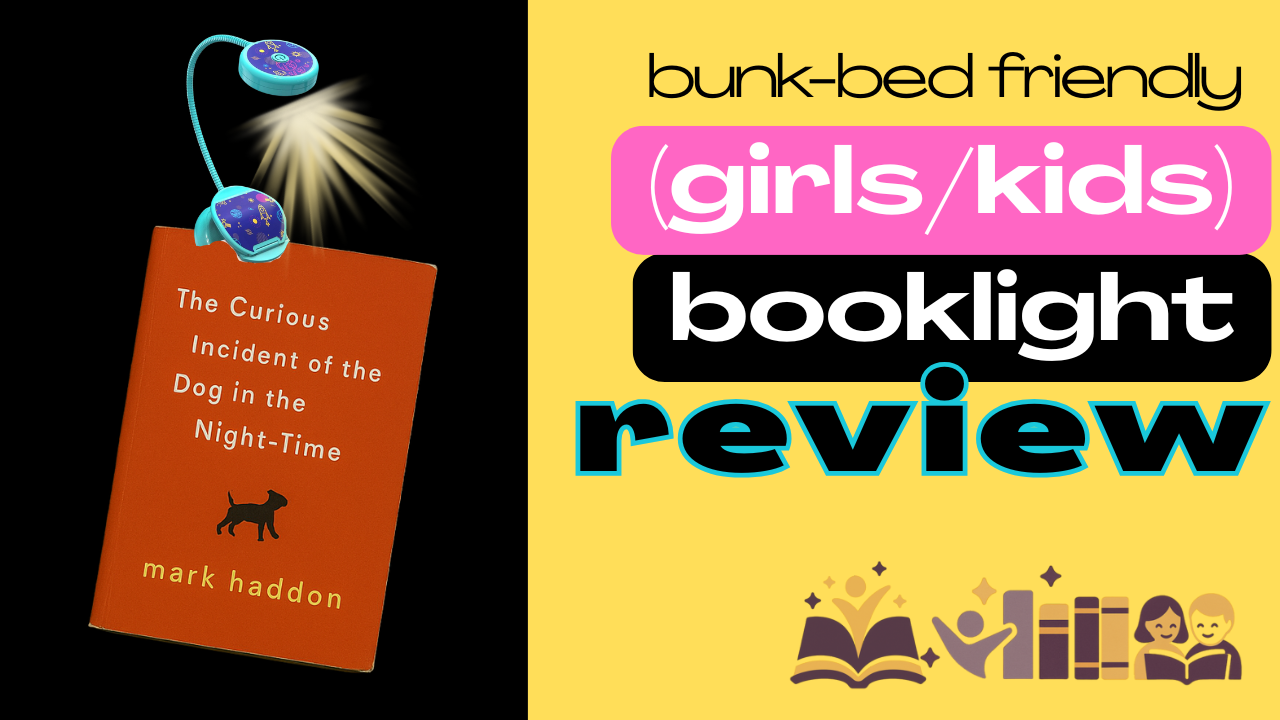Books to Read Next if You Loved Emily Henry: 5 Authors, 15 Perfect Picks
This post may contain affiliate links. If you buy through these links, we may earn a small commission at no extra cost to you. Why Emily Henry Fans Are Always Hungry for More If you’ve ever found yourself smiling through Book Lovers, swooning over Beach Read, or tearing up at Happy Place, you already know … Read more








